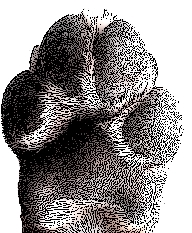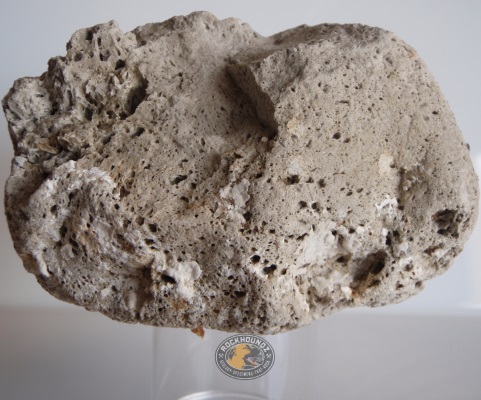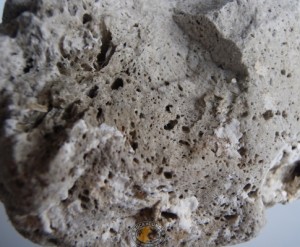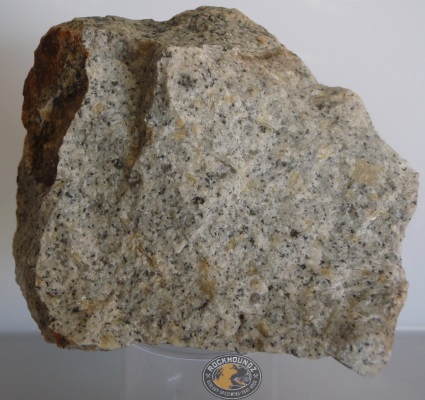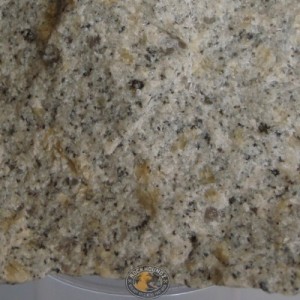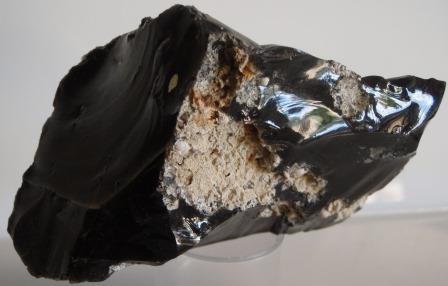
Identifying obsidian. This is a new kind of rock identification guide for you. A plain language, no silly business, get your rocks sorted in no time guide to “what rock is that?”
Igneous rocks: Obsidian
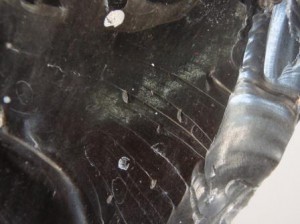
If it’s dark, sharp and looks like glass it’s obsidian.
Obsidian is Extrusive, felsic & glassy. Have a look back at this post if you’ve forgotten what those terms are.
Obsidan comes from the same lava as rhyolite . In this case it comes from a very, very viscous lava with exceptionally slow flow and cooling produces its characteristic glassy texture. Obsidian forms on the edges of a rhyolite flow like the watery bits on the edge of scrambled eggs as it cooks. It is not unusual to find pieces of pumice and perlite in obsidian. These are produced in a chemical reaction in the lava when it touches groundwater.
Right now you’ll find granite forming at the Puyehue-Cordón Caulle in Chile.
This guide is designed to help you identify the classic rocks that are listed in most textbooks and found in most geology kits. No curly examples, no red herrings – just the bog standard basics that you need to teach geology in the classroom. Up next: Diorite
